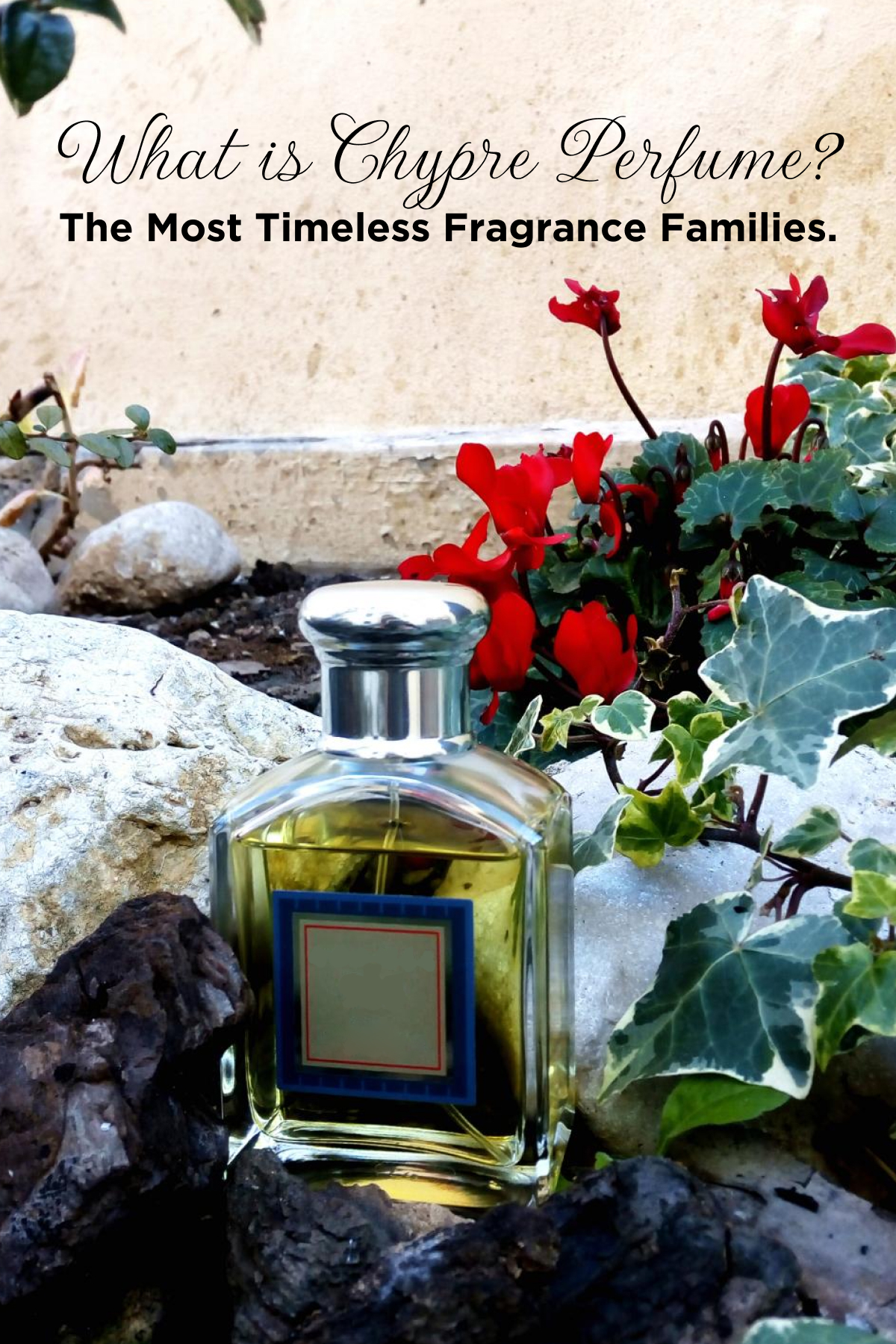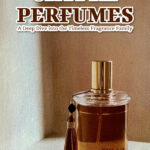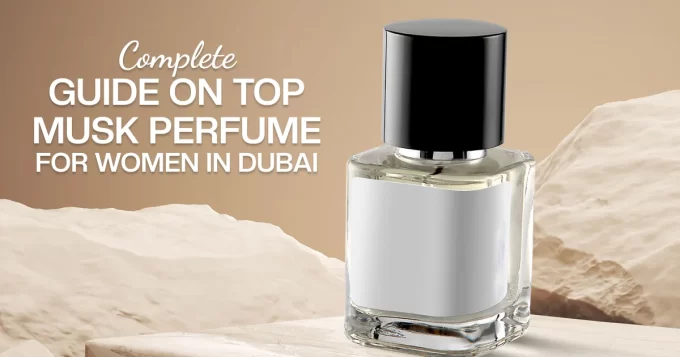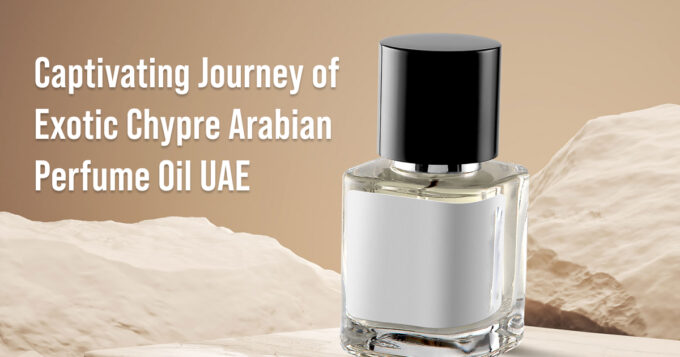What is Chypre Perfume? The Most Timeless Fragrance Families.
Chypre scents have long been regarded in the perfumery world due to their sophistication, complexity, and longevity. The term “Chypre” (pronounced “sheep-ra”) refers not just to a specific family of perfumes, but also to a whole olfactory experience that has impacted innumerable perfume compositions throughout history.
In this blog article, we will look at the origins, major characteristics, and enduring appeal of Chypre perfumes, diving into what makes them so unique and cherished by fragrance enthusiasts all around the world.
The Origins of Chypre Perfume
The name “Chypre” comes from the French name for Cyprus, the Mediterranean island that is historically linked to the founding of this scent family. French perfumer François Coty popularised the term in 1917 when he produced the scent “Chypre.”
Coty created a breakthrough composition that combines fresh, woody, and mossy components to capture the essence of the Mediterranean area. This perfume became an instant classic, establishing the standard for what would become known as the Chypre family of perfumes.
However, the concept of Chypre perfumes predates Coty’s invention by several centuries. The ancient Greeks and Romans were known to use a combination of resins, spices, and oils from Cyprus in their fragrances, setting the framework for what would later become the Chypre style.
The unique blend of ingredients—particularly oakmoss, labdanum, and bergamot—became the signature of Chypre fragrances, resulting in a scent profile that is both timeless and modern.
Key Features of Chypre Perfumes
Chypre scents have a distinct composition that often includes three key components: a citrous top note, a floral or fruity heart, and a warm, woody, and mossy base. This mixture results in a rich, complex fragrance that develops wonderfully on the skin over time.
Top notes: fresh and citrous.
The top notes of a Chypre perfume are typically made up of bright, fresh citrous ingredients like bergamot, lemon, or orange. These notes produce a refreshing burst that is both stimulating and elegant. Bergamot, in particular, is a significant element in Chypre scents, contributing to their unique zesty opening.
Heart Notes: Floral or fruity
The heart of a Chypre perfume frequently contains floral or fruity notes that lend depth and complexity to the aroma. Common floral notes include rose, jasmine, and lily of the valley, while fruity notes may include peach, plum, or apricot. These middle notes bridge the gap between the fresh top and the earthy, woody base, adding to the scent’s overall balance.
Base Notes: Woody, Mossy, and Warm.
The base notes reveal the genuine nature of a Chypre perfume. The base is typically made up of oakmoss, labdanum, patchouli, and occasionally amber or musk. Oakmoss is the distinguishing feature, creating a rich, earthy, and somewhat bitter perfume that grounds the smell and adds longevity. The warm, resinous quality of labdanum gives depth and a hint of sweetness, while patchouli adds a woody, aromatic note.
The Development of Chypre Perfumes
Since its origin, the Chypre scent family has gone through several modifications, adjusting to shifting preferences and trends while retaining its basic personality. Perfumers have experimented with the Chypre structure for decades, adding new ingredients and reinterpreting the original composition to produce modern variants.
Classical Chypre
Traditional Chypre scents from the early twentieth century, such as Coty’s “Chypre” and Guerlain’s “Mitsouko” (1919), are noted for their rich, luxurious quality. These scents were frequently powerful and refined, evoking the elegance and splendour of the time. They had distinct oakmoss and labdanum bases, with a floral core that frequently contained rose and jasmine.
Fruity Chypre.
In the mid-twentieth century, the Fruity Chypre subtype evolved, defined by the addition of significant fruity elements to the conventional Chypre structure. Perfumes such as Rochas’ “Femme” (1944) included notes of peach and plum, giving the aroma a rich, delicious feel.
These perfumes retained the complexity of the Chypre family while providing a significantly sweeter and more approachable scent profile.
Floral Chypre
Another popular version is the Floral Chypre, which focuses on the fragrance’s floral centre. Examples include Christian Dior’s “Miss Dior” (1947), which combines gardenia, jasmine, and rose with the typical Chypre base. Floral chypres are frequently softer and more romantic than their classic equivalents, making them popular among individuals who like a more delicate aroma.
Modern Cyprus
In recent years, new Chypre perfumes have arisen, sometimes with lighter, more transparent versions of the classic Chypre composition. To comply with modern rules on certain natural ingredients such as oakmoss, these contemporary scents may use alternate compounds to imitate the mossy foundation, such as synthetic accords.
Despite these modifications, current Chypre perfumes preserve the family’s unique blend of freshness, warmth, and earthiness.
Iconic Chypre perfumes Through the ages
Several Chypre scents have become classic, impacting the fragrance industry and remained popular among perfume fans worldwide. Here are some instances.
Coty Chypre (1917): François Coty created the first Chypre scent, which served as the foundation for the entire fragrance family. Despite being discontinued, its memory continues to inspire many perfumes.
Guerlain Mitsouko (1919): Mitsouko, a masterpiece of the Chypre family, combines peach, rose, and jasmine with a thick, mossy base to create a perfume that is mysterious and ageless.
Christian Dior Miss Dior, 1947: Miss Dior’s Floral Chypre perfume is one of the most well-known, combining a bouquet of flowers with the classic Chypre structure to create an exquisite and feminine smell.
Chanel for Monsieur (1955): Pour Monsieur is a classic example of a masculine Chypre, with citrus top notes, a spicy heart, and a refined, woody base.
Why Chypre Perfumes are Timeless.
Chypre scents have lasted over a century, retaining their allure throughout generations. Several elements contribute to their enduring relevance:
Complexity and depth:
Chypre scents are recognised for their complicated compositions that appear gradually on the skin. This complexity provides the aroma depth and richness, which are frequently lacking in simpler, more linear perfumes.
Versatility:
Chypre scents’ blend of freshness, florals, and woods makes them appropriate for a variety of occasions, from formal gatherings to everyday usage. Their adaptability has made them a regular feature in many scent creations.
Sophistication:
Chypre scents are inherently sophisticated, frequently associated with luxury and refinement. This makes them a popular choice among individuals who value traditional, nuanced smells.
Enduring Appeal:
Despite altering perfumery trends, Chypre perfumes remain popular. Their ability to adapt to changing tastes while remaining true to their roots ensures their continuous relevance.
Conclusion: The Lasting Legacy of Chypre Perfumes
Chypre perfumes hold a unique place in the world of fragrance, combining history, art, and olfactory skill. Chypre scents have fascinated generations with its distinctive blend of citrous, flowers, and earthy, woody undertones, dating back to ancient Cyprus and continuing into the twentieth and twenty-first century.
Whether you prefer the rich grandeur of a traditional Chypre or a modern version of this ancient fragrance family, Chypre fragrances have something for everyone. Their enduring legacy in the perfume industry demonstrates their complexity, sophistication, and universal appeal—a true classic that will continue to inspire and fascinate for many years to come.












